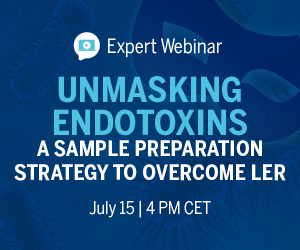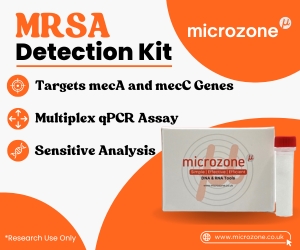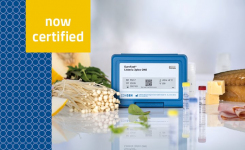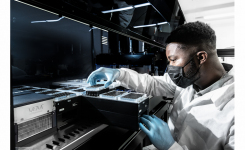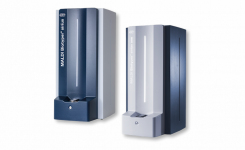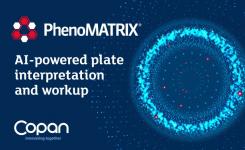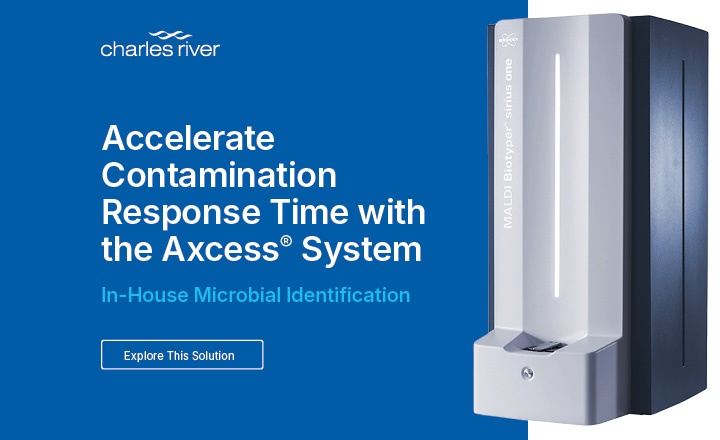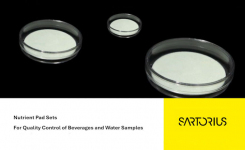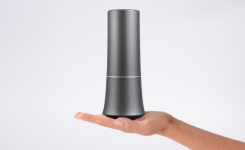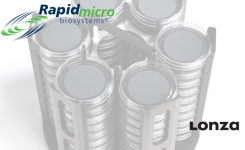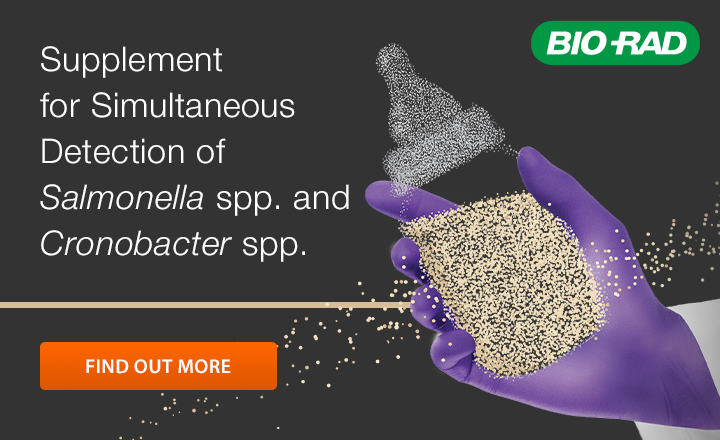
Key Points
- Gram negative non-sporing rod
- Isolatable from widespread environmental sources
- Associated with meningitis and has high mortality illness from contaminated infant formula
Updated: 15 July 2020
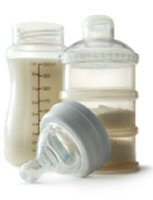 It's not everyone that gets a bacterium named after them, but Dr Riichi Sakazakii (1920 - 2002) the eminent Japanese bacterial taxonomist had this honour when a yellow pigmented variant of Enterobacter cloacae was renamed after DNA hydridization tests showed it to be a distinct species. For many years it was classified as Enterobacter sakazakii but recent molecular typing has shown there are in fact four species, one genomospecies, and two subspecies which have been placed in a new genus (Cronobacter) within the family Enterobacteriaceae. Cronobacter sakazakii has been linked to incidence of infant meningitis and necrotising enterocolitis - most likely caused by post process contamination of milk based infant formula or feed. As a member of the Enterobacteriaceae it is susceptible to heat and therefore does not survive the production processes involved in manufacture of formula.
It's not everyone that gets a bacterium named after them, but Dr Riichi Sakazakii (1920 - 2002) the eminent Japanese bacterial taxonomist had this honour when a yellow pigmented variant of Enterobacter cloacae was renamed after DNA hydridization tests showed it to be a distinct species. For many years it was classified as Enterobacter sakazakii but recent molecular typing has shown there are in fact four species, one genomospecies, and two subspecies which have been placed in a new genus (Cronobacter) within the family Enterobacteriaceae. Cronobacter sakazakii has been linked to incidence of infant meningitis and necrotising enterocolitis - most likely caused by post process contamination of milk based infant formula or feed. As a member of the Enterobacteriaceae it is susceptible to heat and therefore does not survive the production processes involved in manufacture of formula.
However it is widespread in the environment and can contaminate post process either from heat sensitive additives such as micronutrients, from the general factory environment where its resistance to dessication may confer a survival advantage or during reconstitution of the powder prior to use. Subsequent incorrect handling of the rehydrated feed can result in sickness especially in vunerable age groups such as neonates.
Cronobacter sakazakii Detection Techniques
From normally sterile clinical samples there are few problems with isolating C.sakazakii. However, isolation from a sample of infant formula requires some degree of luck as the organism will most likely be stressed, unevenly distributed throughout the batch and also numbers will probably be fairly low, in the region of less than 1 CFU per g.
Pre-enrichment is used to resuscitate the stressed cells and this is followed by a selective enrichment, the FDA method uses Enterobacteriaceae enrichment (EE) broth which is then streaked onto VRBG agar and suspect colonies subcultured onto TSA agar where yellow pigmented colonies need to be confirmed by oxidase test and a biochemical identification panel. Other methods use modified lauryl sulphate broth with vancomycin for the selective enrichment stage and this may be done at an elevated temperature 44°C.
After enrichment, there are now newer chromogenic agars available which greatly reduce the lab workload, give a faster time to result and are generally more reliable. These use the fact that alpha-glucosidase is produced by C. sakazakii, and not by most other Enterobacteriaceae. Typical colonies will show distinct colouration but biochemical confirmation is still required.
Concentrating bacterial cells can help with raising available cell numbers. Immunomagnetic beads capture the target cells in the sample, which can then be transfered to either a chromogenic media or for an even faster result onto a molecular method.
Cronobacter sakazakii Identification & Confirmation Methods
Molecular methods, used after the enrichment steps, include PCR or gene probe assays both giving faster results that need no further confirmation. The MALDI-TOF instrument has been validated to ISO 16140-part 6: Protocol for the validation of alternative (proprietary) methods for microbiological confirmation and typing procedures' which includes Cronobacter spp.
Additional information:
ISO: New EN ISO 22964 for Cronobacter spp. detection in the food chain


